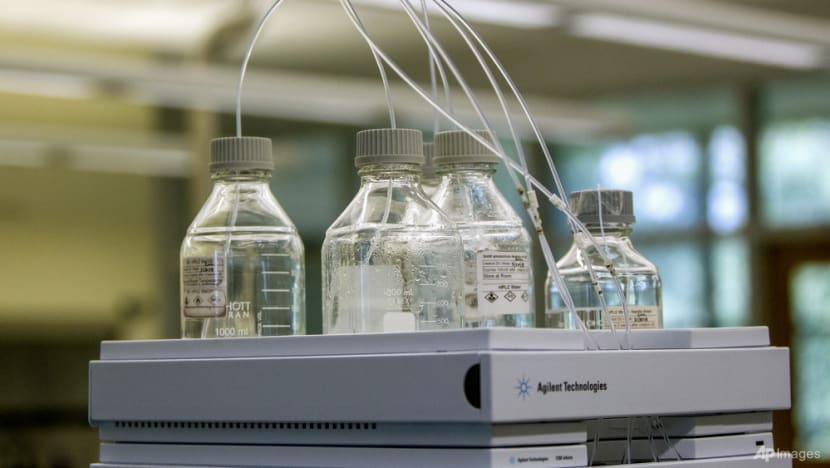Growing concerns over UK’s ‘forever chemicals’; cost of clean-up may top US$12b a year
These chemicals do not break down easily and are persistent in the environment.


This audio is generated by an AI tool.
BIRMINGHAM: Concerns are growing in Britain over toxic so-called “forever chemicals” in the environment, and the spiraling cost of potential clean-up efforts.
Polyfluoroalkyl substances (PFAS) – which can be found in a wide variety of products such as non-stick pans, waterproof coats, and makeup – have leached into the natural environment and are almost indestructible without human intervention.
These man-made compounds are now found nearly everywhere across the globe, and scientists believe they are also in the blood of most people and animals.
LINKED TO CONDITIONS FROM INFERTILITY TO CANCER
Cleaning up these chemicals is time-consuming and expensive, stressed experts, adding that there are still many unknowns about how best to deal with them.
Unless more is done to limit their use, the United Kingdom faces spending more than US$12 billion a year to try to remove them from its natural environment, according to a recent study.
The Royal Society of Chemistry has called for the amount of PFAS in the water in the UK to be reduced, by lowering the limits allowed by law.
“Drinking water is definitely one of the main areas that we know people can be exposed to PFAS from. Other things include diet, or potentially exposure in your house (in things like) dust,” said its policy advisor Stephanie Metzger.
“We also have a better understanding of PFAS in water than we do in some other areas,” she added.
“We have done a lot more testing and monitoring so far of water sources, so we thought that was a good place to start because we know we have some data we can work with.”
These synthetic chemicals have been linked to health conditions ranging from infertility to cancer, as well as developmental delays in children.
GROWING PRESSURE BY CAMPAIGN GROUPS
Synthetic chemicals have been widely used in consumer products around the world since the 1950s.
At the University of Birmingham, there is ongoing research into the impact of PFAS. One of its recent studies on bottled water from 15 different countries found that about 99 per cent contained forever chemicals.
Stuart Harrad, an environmental chemistry professor at the university, said these chemicals are also prevalent in the human body due to their widespread use, adding: “The point to make is, are those concentrations that are in us likely to cause us harm?”
There is growing pressure by campaign groups to continue the recent trend of lowering PFAS exposure and start mass clean-up efforts.
But the price tag to remove the chemicals is massive.
Even if PFAS emissions stop immediately, a targeted clean-up of the existing pollution in the UK would cost about US$0.5 billion a year for the next 20 years, according to the Forever Lobbying Project, a cross-border investigation looking at the finances involved.
If emissions remain uncontrolled, that estimate jumps to US$12 billion a year due to their prevalence and persistence.
HOW CAN PFAS BE REMOVED?
Experts said incineration is a potential disposal option after the chemicals are gathered through methods like water filtration. But the process is expensive and energy-intensive.
“Some of the options being considered are things like sonolysis, (which is) using soundwaves to break apart PFAS, or electrochemical oxidation, which uses electric current to shock the PFAS and basically break them apart,” said the Royal Society of Chemistry’s Metzger.
“Research is happening into other methods that might lower the energy intensiveness, and hopefully the cost that goes along with that.”
Most observers, however, believe that a clean-up will not succeed until production is drastically reduced.
While some manufacturers are starting to use less harmful alternatives, it is estimated that more than a million tonnes of PFAS are still produced globally each year.
















